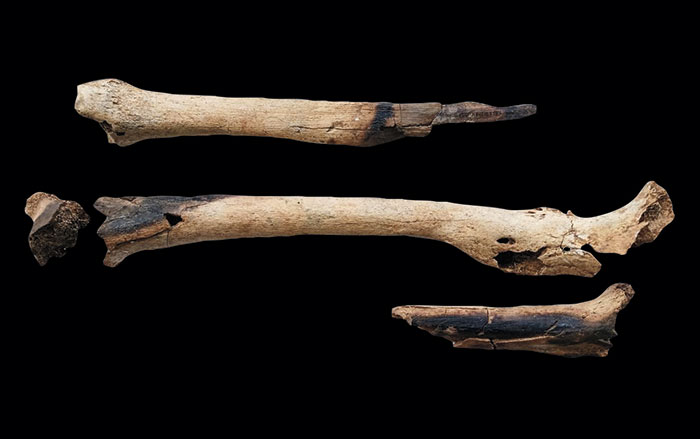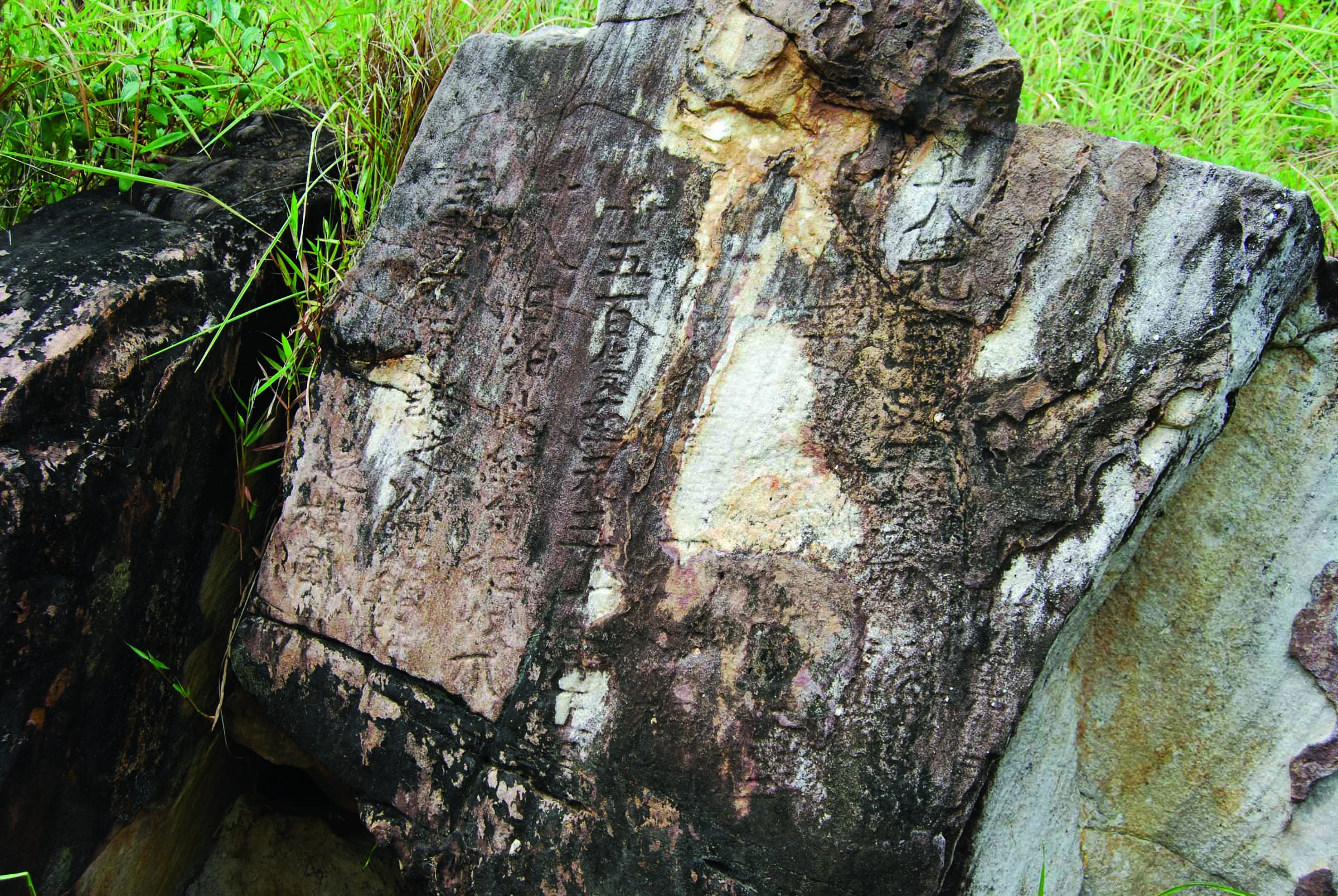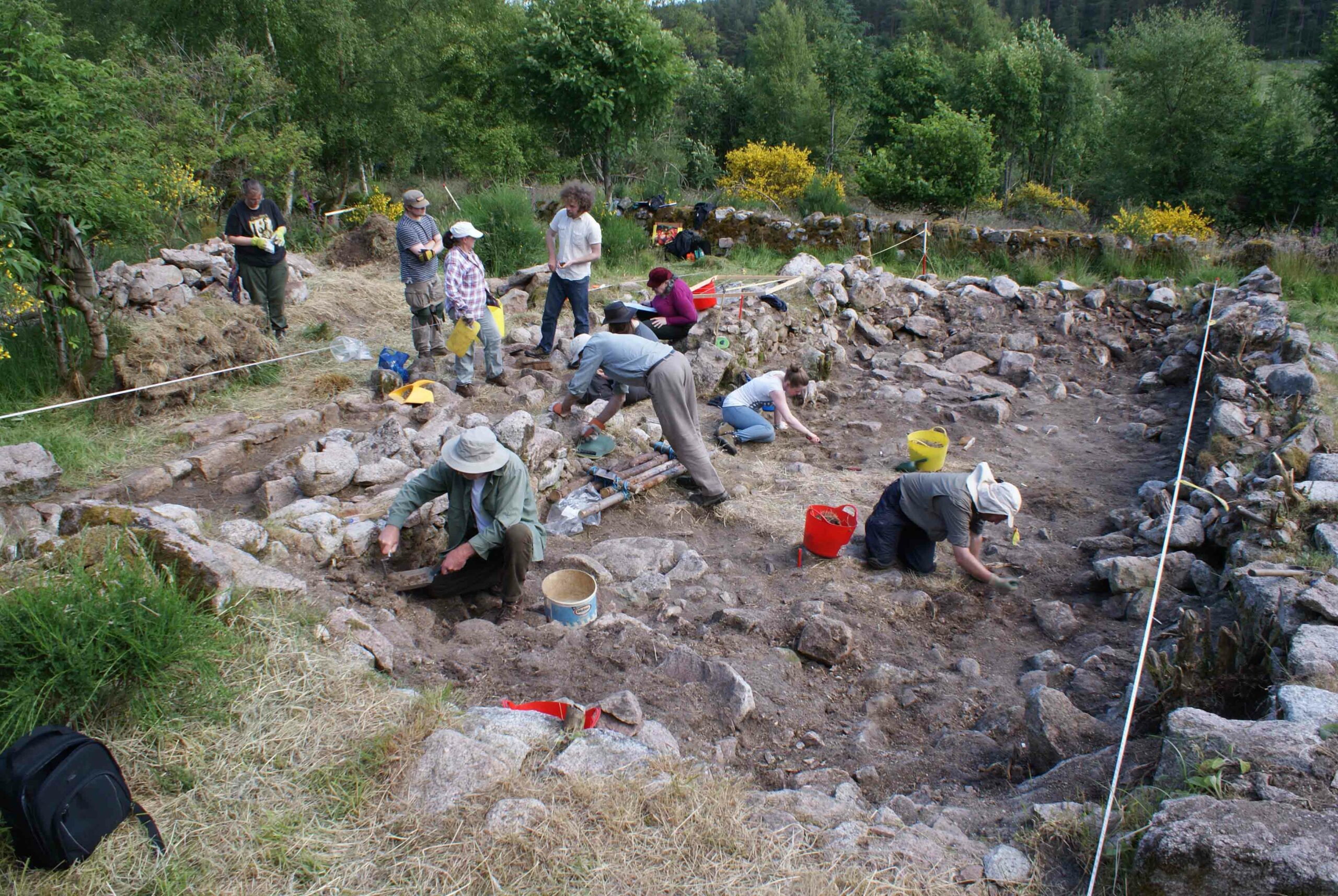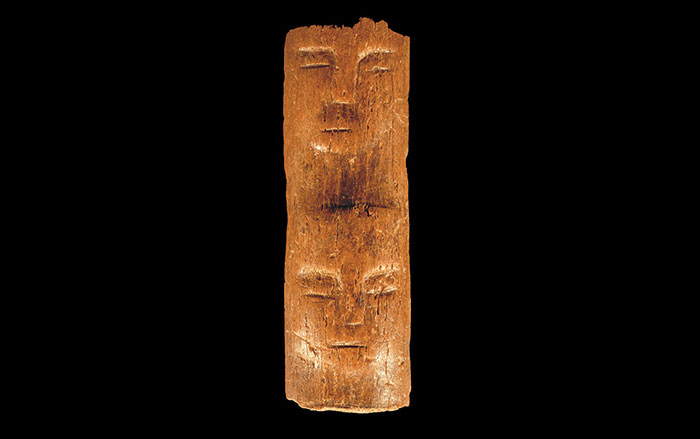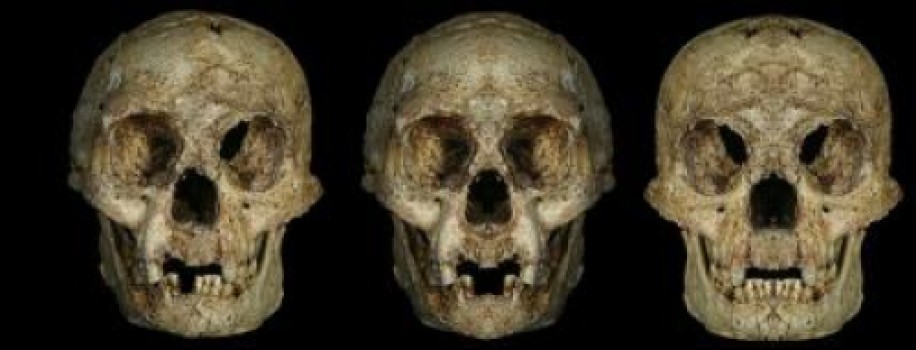
UNIVERSITY PARK, PENNSYLVANIA—An international team of researchers, including developmental geneticist Robert B. Eckhardt of Penn State, anatomist Maciej Henneberg of the University of Adelaide, and Chinese geologist and paleoclimatologist Kenneth Hsü, has reexamined the evidence for classifying the fossils from Indonesia’s Liang Bua Cave as a new human species known as Homo floresiensis. The scientists point out that the bone fragments represent several individuals, but the skull and thighbones of only one individual have been recovered to date. The skull was reported to have an usually small cranial volume, and thighbones that would make the creature only 3.5 feet tall. Those unusual anatomical characteristics led to the assignment of a new species in 2004. This team’s new analysis, however, indicates that the original figures for the cranial volume and stature of Homo floresiensis were underestimated. “The difference is significant, and the revised figure falls in the range predicted for a modern human with Down syndrome from the same geographic region,” Eckhardt told Science Daily. The skull also exhibits craniofacial asymmetry, which is characteristic of the disorder, as are short thighbones and a reduction in height.


